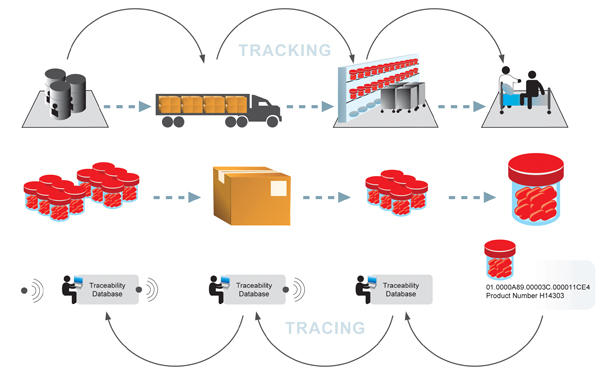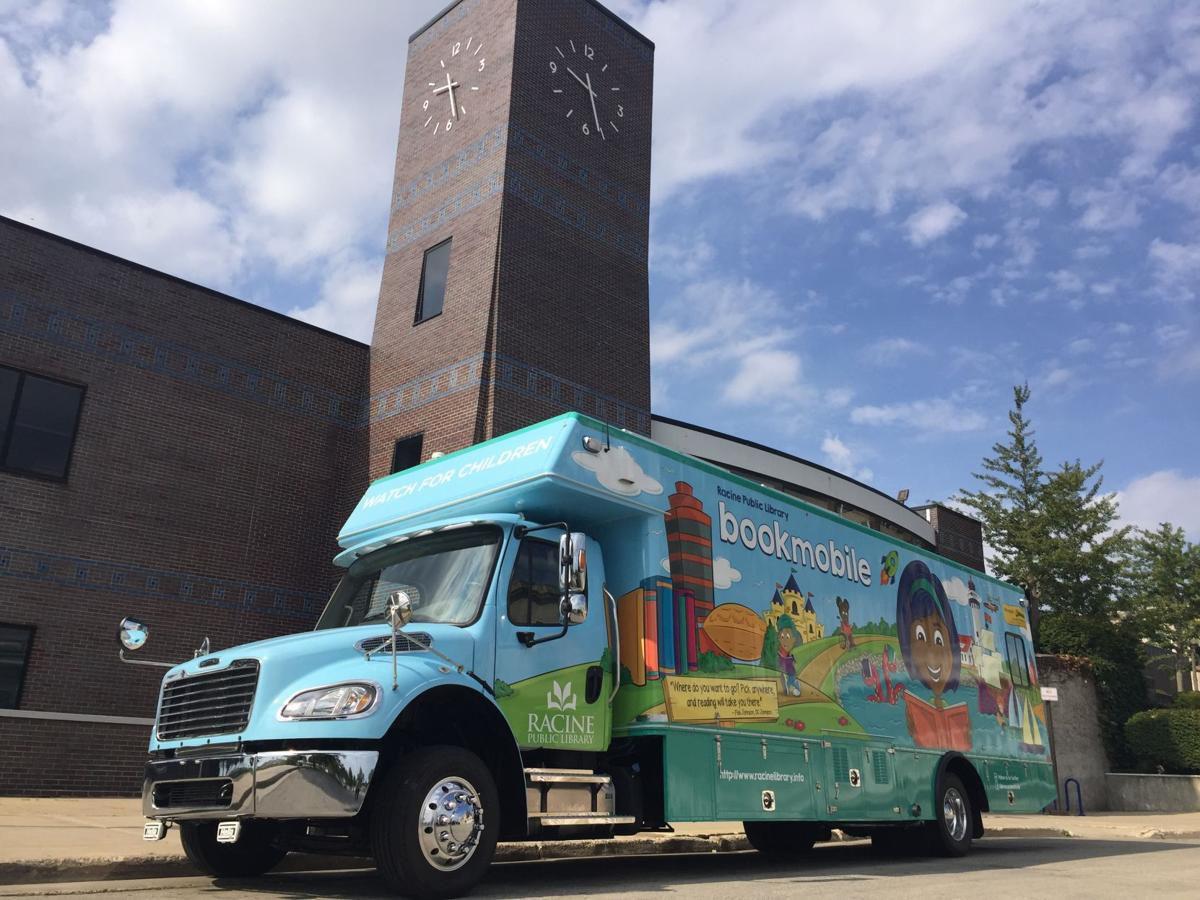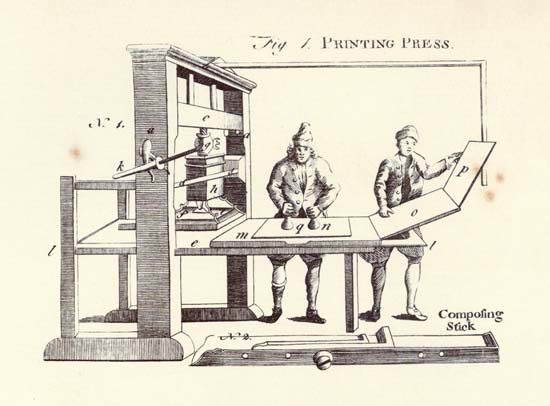This idea came to me recently after participating in a number of YT streams discussing the future survivability of Local Comics Shops (LCS). It may seem a bit crazy, but the more I think about it, the more the idea seems worthy of consideration.
How It Works Now

LCS’s are the last leg in an antiquated distribution model for monthly comics. Let’s take a very simplified look at how it works now, from idea to finished product in a reader’s hands.
If we pick on Marvel as an example, Marvel hires the creative team to produce the template for the comic; fully penciled, inked, colored, lettered and proofread. The end result is one or more digital files like you have on your computer.
Those files get sent to a printer that prints out mass quantities of a specific comic issue based on orders Marvel receives from every LCS around the world and outlets that carry comics as part of their inventory.
The printer sends the completed comics to a distributor for cataloging and warehousing. For most modern publishers, that’s where Diamond Distribution comes into play. At the moment, DC uses Lunar.
The distributor collects and boxes up the specific quantity of comics for each LCS when the orders are confirmed. They then use a carrier like the US Postal Service or FedEx to delivery the boxes to the LCS, hopefully before the scheduled release date.
You, my fine comics reader, walk in the LCS and purchase your comic once it’s unboxed, cataloged shelved. Now, it’s not nearly as clean or straight forward as all that, and there are a few stops in between, but its a good enough description to illustrate just how many stops along the way have the potential for something to go wrong. And they frequently do.
What’s The Problem?

Too many opportunities for the chain to break.
When the files get to the printer, all kinds of problems can, and do, happen. Images can get distorted if the paper is not good quality. The staple binding could be in the wrong spot and result in a comic with uneven pages. Color coding could get corrupted and some of the pages might look washed out or “off.” Worst of all, if any of these mistakes happen in a bulk print, it might be too expensive to reprint and the product gets shipped anyway.
When the comics reach the distributor, well, there’s no shortage of Diamond horror stories. Orders are packaged with the wrong comics, too many comics, or not enough comics. On receipt, the contents of the box are packaged poorly leading to damage that wastes a percentage of the order.
In delivery, it’s not uncommon for a package to get lost or delivered late. Sometimes the package arrives with visible and severe damage from rough handling or exposure to bad weather.
All these problems and more happen because there are multiple, and unreliable, steps in the chain of custody between the time Marvel creates that issue on a file to the time it gets to an LCS for sale. That ridiculously high cover price you see on comics is partly because of the waste and inefficiency in the chain of distribution. The more wasteful the chain, the slimmer the margin for the LCS to try and make money to survive. It’s a model that’s outlived it’s usefulness. We see the real cost to the industry playing out as we speak.
But, what if there was a better way?
LCS Printing On Demand

Imagine this scenario…
You walk into your LCS, and every available issue for this week or month is printed and on a shelf, along with some perennial best sellers, for you to thumb through. There’s only one of each copy and it’s watermarked to prevent theft. You pick up the latest issue of Spider-Man, you like what you see, and you decide to buy it.
In this new model, you walk up to the counter and place your order for the issue(s) of your choice. You tell the fine clerk behind the counter how many copies and whatever other titles you want, also you pick up your pre-orders from your pull box.
The clerk takes your order and tells you it will take some amount of time. If the store is not busy, about 15 minutes (This is a hypothetical. Don’t pick on the accuracy. Just go with it).
The clerk hands off the order to a technician who downloads the file from Marvel’s secure online portal. The site contains all the files for the week, or possibly more depending on the storage requirements and the demand. The technician sends the files to a commercial grade printer in the store that prints out and binds the comic, as requested.
The technician and clerk inspect the printed comic to look for any defects and then hand it off to the customer. As a real world example, this is not much different than what happens at a printing vendor such as Kinko’s or Staples, and you can do this right there in those stores today.
You get your comics from your pull box, which were printed ahead of time, and that issue of Spider-Man you requested on a whim, and walk out of your LCS a happy customer.
Benefits To LCS Print On Demand

I think the benefits are immediately obvious, but let’s list a few.
No more dealing with damaged goods, wrong orders, or delivery delays.
No more guess work when it comes to advance solicitations, which is the process LCS’s have to go through to pre-order comics so Marvel knows how many to print.
No more keeping stock or excess inventory for comics that don’t sell. That will cut down on storage facility space and costs. as well as the need to keep up on inventory.
No more late night unboxing and stocking shifts to make sure the comics are available for New Comic Book Day (NCBD) every week.
To me, one of the biggest sore spots in the industry right now is the unwillingness of publishers to adopt a returns policy. Printing on demand makes the need for returnability moot.
Another big selling point, the struggles of shipping internationally completely disappear. As long as the LCS in each country has the right printing equipment, you’re good to go.
Also, for independent and crowd-sourced creators, you now have an option to make deals with any LCS that wants to carry your book.
Depending on the cost to purchase the equipment, train personnel, and maintain printing supplies, the increased efficiency of the whole system should have a net increase on the margins (amount of money an LCS makes per comic sold).
The net result is a much more efficient system that’s cost effective and scalable well beyond what’s in place today.
Wild And Crazy Variations

The above model, I think, would work well enough, but let’s take it a step further into imagineering territory
Imagine a chain of kiosks big enough to hold a printer and one or two staff in malls, shopping centers and large retail stores ala Wal-Mart where casual shoppers can simply walk up and order the latest issue of X-Men. That’s much bigger exposure than you’ll find anywhere right now.
Imagine an LCS creating a cost competitive tier of comics where you could print the latest issue of Daredevil in Black and White on newspaper stock at a $1.99 price point for really casual readers. But serious collectors and speculators can get the full color, matte finish, card stock version at the full cover price. Now an LCS has the option of giving the customer more value by giving them the experience they want at the price point that works for them. Maybe have an in between tier that’s color on newspaper stock. The sky’s the limit.
Imagine a mobile LCS in a vehicle that looks like a superhero food truck that goes around to elementary schools, high schools and colleges to sell the weekly releases as the kids get out from school.
The possibilities are endless.
How About The Downsides?

Of course, the devil’s in the details.
Printers aren’t cheap. Sure, you could get leasing agreements but that’s going to be a significant cost, and an LCS has to have a rock-solid maintenance agreement in place when the printer breaks. They will break. Always at the worst possible time.
Marvel would need to have an iron clad security and accounting system to make sure the files aren’t stolen and to make sure they get their cut of the sales.
The wait time for printing will be a factor. If it takes 30 or 40 minutes to print a comic, customers may not be patient enough to wait that long. Speed of printing is key to making this work.
Also key will be the on-going cost of supplies. Color printing ain’t cheap and it will highly depend on the volume of business versus the upkeep of keeping supplies on hand.
I’m sure there are more, but as all things related to business, an LCS has to do the math and see if it checks out.
Let’s Recap
The current model of printing and distribution of comics is antiquated and inefficient. It costs everyone down the line to overcome mistakes that are all too common, from incorrectly fulfilled orders to damaged orders.
With a little creative thinking and a willingness to adapt, I think an LCS adopting a Print On Demand model will be a much smarter play for the future.
What do you think of my opinion? Am I on to something or am I just another fanboy that doesn’t know what he’s talking about? Leave a comment downstairs with your thoughts on this topic, and please share this post on social media using the links below.
Thanks for visiting Comical Opinions, and you have a GREAT day!
We hope you found this review interesting. Come back for more reviews, previews, and opinions on comics, and don’t forget to follow us on social media:
If you’re interested in this creator’s works, remember to let your Local Comic Shop know to set it aside for you. They would appreciate the call, and so would we.
Click here to find your Local Comic Shop: www.ComicShopLocator.com

